The Heritage of the Qutb Shahis of Golconda and Hyderabad
This is first comprehensive and profusely illustrated book which brings under one cover almost all the existing antiquities of heritage of the multi-faceted Qutb Shahi culture of Golconda - Hyderabad. The Qutb Shahi Kingdom was one of the five off-shoots of the Bahmani Kingdom (1347-1518). Sultan - Quli Qutbul Mulk, an emigrant from Hamadan (Iran), who was appointed governor of the Bahmani province of "Telangana" in 1496, assumed autonomous rule, on the disintegration of the Bahmani Kingdom. But he never declared independence nor he assumed royal titles even when the parent state had disappeared. At the time of appointment as governor, Golconda was granted as Jagir (fief) to Sultan - Quli by the Bahmani Sultan. He made Golconda "(Golla-Konda)" his provincial capital and named in "Muhammadnagar", and form it evolved, in course of time, the Golconda kingdom. Sultan Quli built the first inner forts of Golconda. Ibrahim Qutb Shah expanded it by building outer fort. Later, new fort added. The fifth ruler Muhammad Quli Qutb Shah founded the new city of Hyderabad, in 1591 and named it after the fourth Caliph of Islam Hazrat Ali's title "Haider" (City of Haider). It was planed by Iranians as Safahan-i-Nawi (New Isfahan) Golconda and Hyderabad became the rendezvous of men of learning and flourished as multi-national and multi-racial cities, with people flocking to it from Iran, Turkey, Central Asia, North India and other regions of the Deccan. The rulers patronised learned men from these countries. Further, with ethnic and Shiah ideological link between Iran and the Qutb Shahs, there was a constant influx of Iranians and they had profound impact on all walks of life and culture. During the course of Qutb Shahi rule of 175 lunar years, Golconda, Hyderabad became the cradle of cultures and a nucleus of composite cultures with the unique architectural monuments of distinct Qutb Shahi style which are the living heritage. Around 1680, when the kingdom was at his height, it covered not only the present boundaries of Andhra Pradesh, but it extended beyond Chennai, St. Thome, ports of Orissa etc. This magnum opus on the Qutb Shahis tries to recapture the sublime spirit of the opulent oriental life and culture as rendered by its aesthetic architecture, art, pulsating paintings, costumes, jewellery, arms, Armour numerous other antiquities, which are brought to light and published for the first time. Being secular rulers they patronized Muslims, Hindus and Christians alike the Hindus occupied top most positions, like Prime Minister, commander-in-chief of the army etc. and were recruited at all levels. Europeans too were employed and they were given extra-ordinary concessions to establish factories within the kingdom. They patronized Persian, Telugu, Urdu and Arabic languages. Most of the royal orders or farmans, were bilingual in Persian and Telugu. It represented unity in diversity. The composite civilization that evolved came to be known first as "Deccani", and later became popular as the "Hyderabadi Culture". A glance of the table of contents reveals the wide variety of topics covered and documented by original photographs (mostly taken by the author himself during his field survey) of architecture, and that of antiquities acquired from various museum, both Indian and foreign and from the State Department of Archaeology, Archaeological Survey of India, Idare-I-Adabiyati Urdu, and personal collections. The history of high level of grandeur and sophistication is explored by Dr. Nayeem in this very vivid account substantiated by nearly seven hundred photographs, all in multi-colour, except a few. Another unique aspect of this study is the detailed Historical Map of Golconda Fort, prepared by the author map of the inner forts etc. Numerous plans, and lay-out of various buildings, palaces complex in Golconda Fort, etc. substantiate the study. This splendid work, an outcome of several years' research, is a broad based study that integrates diverse elements and present a synthesized panoramic survey of the chief constituents of the oriental culture. The author brilliantly treats the historical frame work in chronological order, highlighting the salient aspects of each ruler's reig,. Including also Iran's relations with Golconda-Hyderabad, political institutions, administrative and military organization etc. Then in the following eleven chapters the author describes the different antiquities.
BECOME A MEMBER

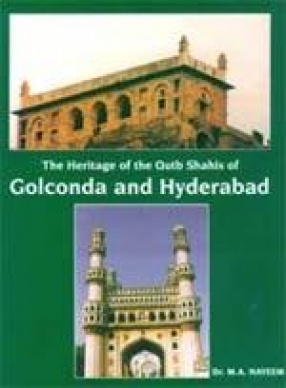
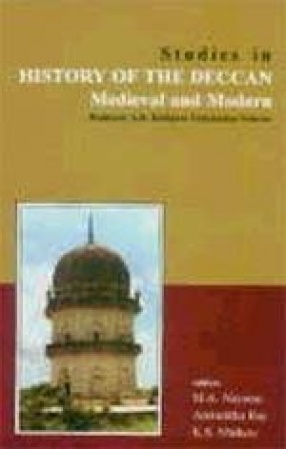
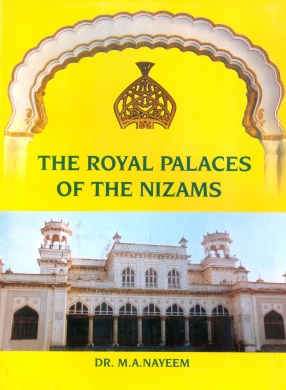
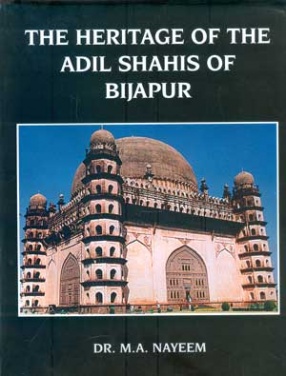
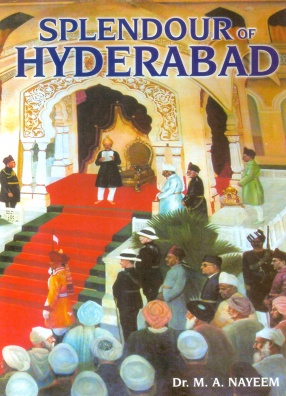
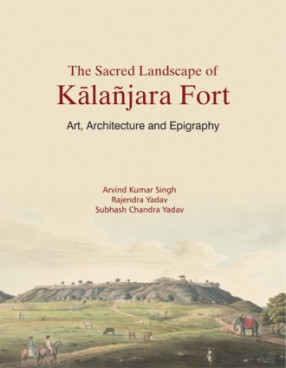
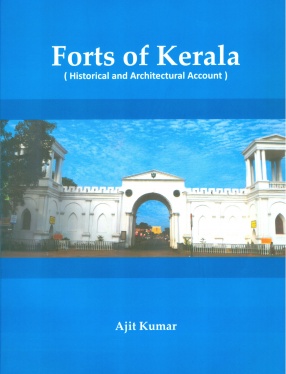
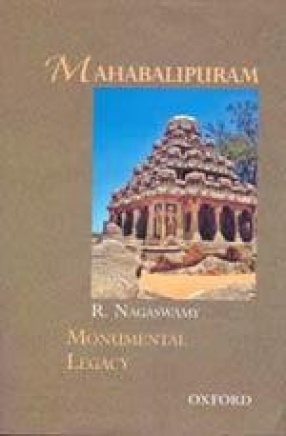

Bibliographic information
Tags